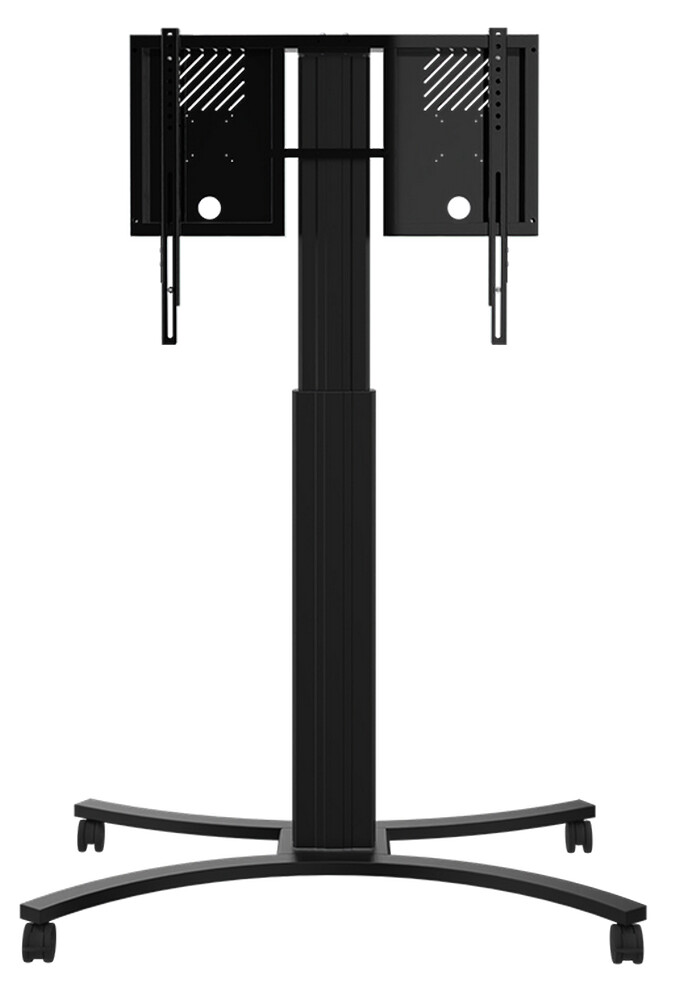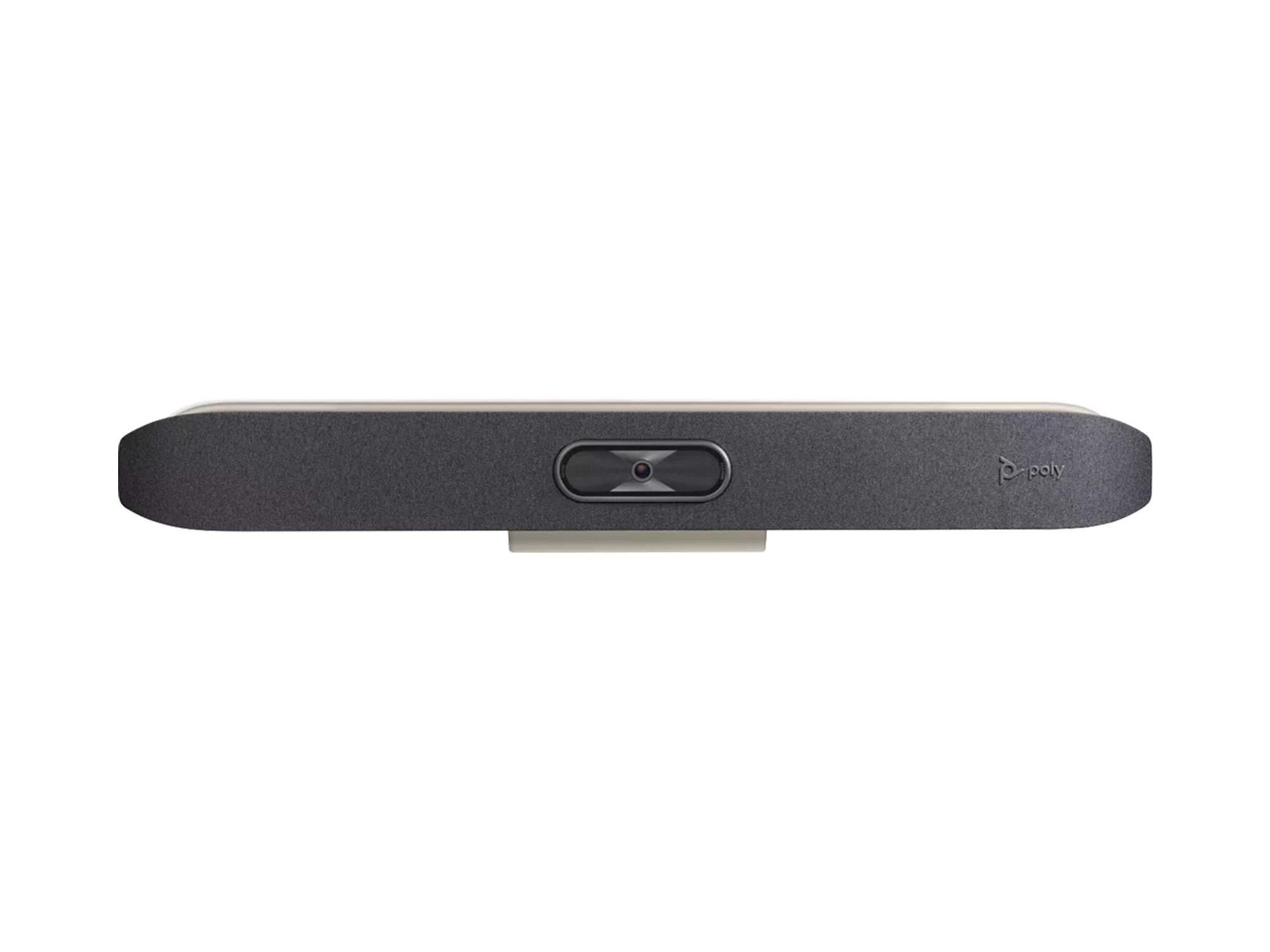















£1,244.00*
- Resolution 3840 x 2160 4K UHD
- Max. Brightness 700 cd/m²
- Panel type IPS
- Contrast Ratio 600,000 :1



Frequently purchased together
Product information
Superlative image quality. Made for professionals.
Designed for flawless performance in demanding retail, corporate and education environments, the BZ40L is the truly professional display. It's packed with Sony innovations - including the latest Deep Black Non-Glare technology - for stunningly bright, high-contrast 4K HDR images with rich colours and exquisite detail. Pro-friendly features simplify integration, ease of use and seamless content sharing in today's networked AV environments. And with generous customisation options, the BZ40L is the premium LED display that fits your business needs.
Experience the following highlights:
- Deep black, glare-free and richer, more natural colours
- Motionflow XR ensures smoother and more natural rendering
- Discrete logo
- Reliability around the clock
- Landscape, portrait and tilt
Deep Black Non-Glare
Sony's Deep Black Non-Glare coating, exclusive to the BRAVIA BZ40L, combines anti-glare and low-reflection technologies. By reducing reflections and increasing contrast, it's the key to dynamic images full of lifelike colour and detail that inspire everyone from corporate visitors and employees to shoppers and students.
Exquisite images that always stand out
Our BZ40L captures your audience's attention with an ultra-high screen brightness of 700 nits for expressive, stunning images that are always clear to see. Advanced image processing technologies from Sony ensure that your content looks its best. The panel's extra wide viewing angle ensures that everyone in the room can enjoy clear, bright images, no matter where they are.
Saturated, more natural colour
The powerful 4K HDR Processor X1 and Sony's TRILUMINOS Pro technology reproduce a phenomenal range of rich, lifelike colours.
Fine details
4K X-Reality PRO processing upscales images closer to true 4K quality. Images are sharpened and refined in real time, revealing additional details from lower resolution image sources.
Smoother motion
Motionflow XR ensures smoother and more natural playback of fast-moving on-screen images.
Installation flexibility to suit any environment
The sleek, minimalist design of the BZ40L series adds impeccable style to any business environment. The display's sleek lines are enhanced by practical details, allowing for seamless integration into retail shops, colleges and corporate workspaces.
Wall mount adjuster
BRAVIA comes with a wall mount adjuster that provides additional flexibility to centrally mount the display in portrait or landscape orientation.
Side-mounted interfaces
Signal connectors, network and other interfaces are conveniently located on the side for easy installation and access when the display is in portrait orientation.
Discreet logo
The Sony logo is discreetly positioned at the edge of the display frame - without distracting your audience from the immersive images.
Landscape, portrait and tilt
Install BRAVIA in portrait or landscape mode to suit any corporate or retail space. For even more flexibility, the display can also be tilted at an angle.
Reliability around the clock
Business never sleeps: BRAVIA is designed to operate reliably around the clock in the most demanding corporate and retail environments.
Special settings for professional use
Pro settings mode makes doing business even easier by allowing you to customise BRAVIA settings and operating modes to meet the needs of corporate or retail environments. Disable input or remote control functions, schedule on/off times, remove labelling and lock buttons to prevent tampering when the screen is used in public spaces. Customise and save display settings, then simply copy them from display to display via USB flash memory.
Make great pictures fast
Forget about fiddling with display settings - focus on getting amazing results without the fuss. One Step Setting offers presets customised to your environment, including meeting room, vibrant signage, natural signage and graphics. Simply choose a preset: BRAVIA instantly configures picture mode, input, control settings and more.
Easy Multi Display Setting
Configuring multiple screens for large display applications is easier than ever. With the Multi Display Setting (MDS) app, you can create stunning video walls with multiple BRAVIA displays tiled together.
Easy integration
The BZ40L is designed for today's connected world. There is seamless support for today's leading automation and control platforms, while open APIs simplify integration with third-party solutions.
Large internal memory of 32 GB
With some other displays, the internal memory is used up by the operating system, leaving little room for custom apps and content. The BZ40L doubles the internal memory from 16 GB to a generous 32 GB - providing much more space on board for apps, photos, videos and digital signage.
Signage made easy
It has never been easier to inform and guide visitors with digital signage in retail shops and corporate spaces. Built-in support for HTML5 makes it easy to display interactive signage content on BRAVIA without the need for a dedicated set-top box, media player or PC. The integrated BRAVIA Signage Free (BSF) software automatically plays HTML content, videos and photos when a USB stick is inserted into BRAVIA. It's that simple.
Wireless screen mirroring
Wirelessly mirror content from your handheld device to BRAVIA with built-in support for Apple AirPlay and Google Chromecast.
Meet more easily
Get Google Meet from the Google Play Store and pair BRAVIA with a compatible webcam for easy video conferencing.
With BRAVIA, sustainability in every scene
With the increasing demand for ever larger screens comes the risk of higher resource and energy consumption. However, Sony's sustainability commitments are driving efficiencies from product development through to customers' screens.
Technical data
| Name | Sony BRAVIA FW-65BZ40L 65" anti-glare business display with continuous operation, AirPlay & Chromecast |
|---|---|
| Article number | 1000028408 |
| GTIN/EAN | 4548736150126 |
| Manufacturer SKU | FW-65BZ40L |
| EPREL ID | 1393021 |
| Model name | BRAVIA FW-65BZ40L |
| Brand | Sony |
| Product Type | Non-Touch Display |
| Product Series | Sony BZ40 Series |
| Technology | LCD |
| Panel type | IPS |
| backlight | Direct-LED |
| Resolution | 3840 x 2160 4K UHD |
| Diagonal | 65" |
| Aspect Ratio | 16:9 |
| Viewing angle - Horizontal | 178° |
| Viewing angle - Vertical | 178° |
| Contrast Ratio | 600,000 :1 |
| Max. Brightness | 700 cd/m² |
| run-time | 24/7 |
| Response time | 8ms |
| Refresh Rate | 60Hz |
| Haze Level | 47% |
| Support - VESA | 300 x 300 |
| Operating system | Android |
| Inputs | 1x Composite-Video , 1x Ethernet , 2x USB-A , 4x HDMI |
| wireless technology | WiFi |
| Certificates | GS tested |
| Product width | 146.2 cm |
| Product height | 84.2 cm |
| Product depth | 7.1 cm |
| Weight | 21.4 kg |
| Colour | Black |
| EEK Spectrum | A to G |
| Energy efficency class | E |
| Condition | New |
| Warranty | 24 Month |
| Warranty type | Bringin service Service and support information |
Downloads
Product safety
| Person responsible for the EU |
|---|
| Sony Europe B.V. |
| Kemperplatz 1 |
| 10785 Berlin |
| Germany |
| info@sony.de |




















